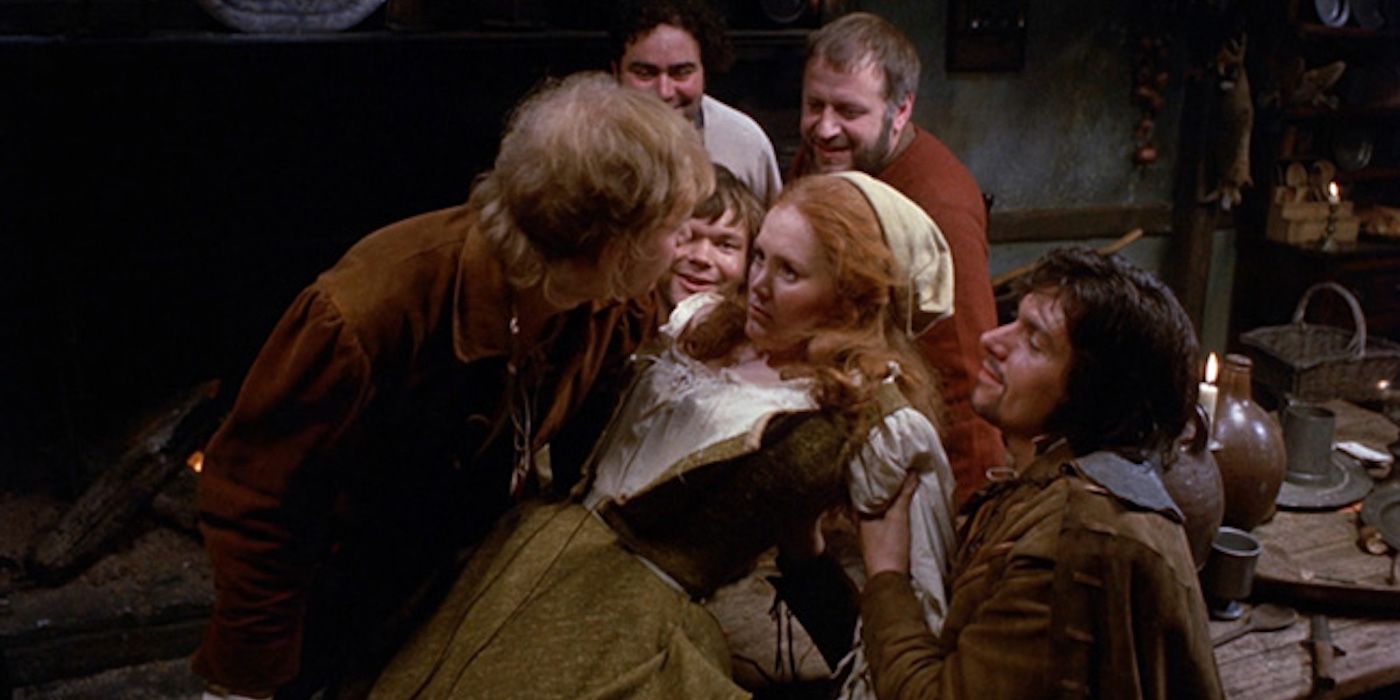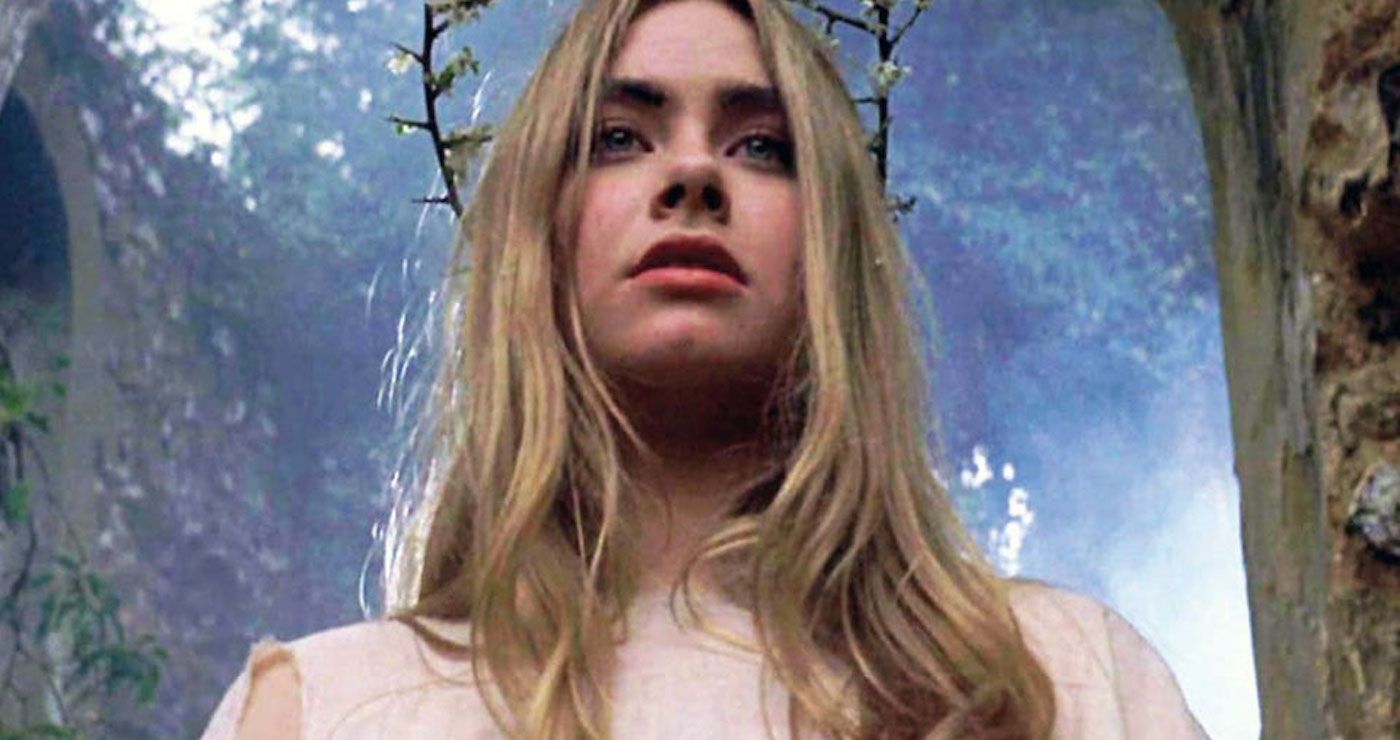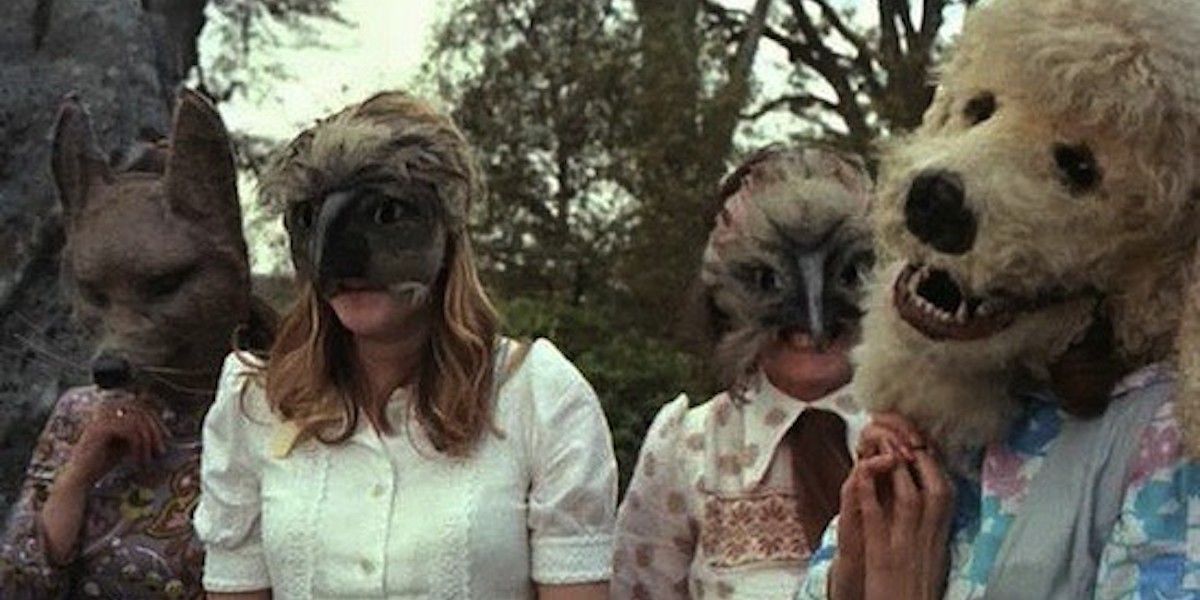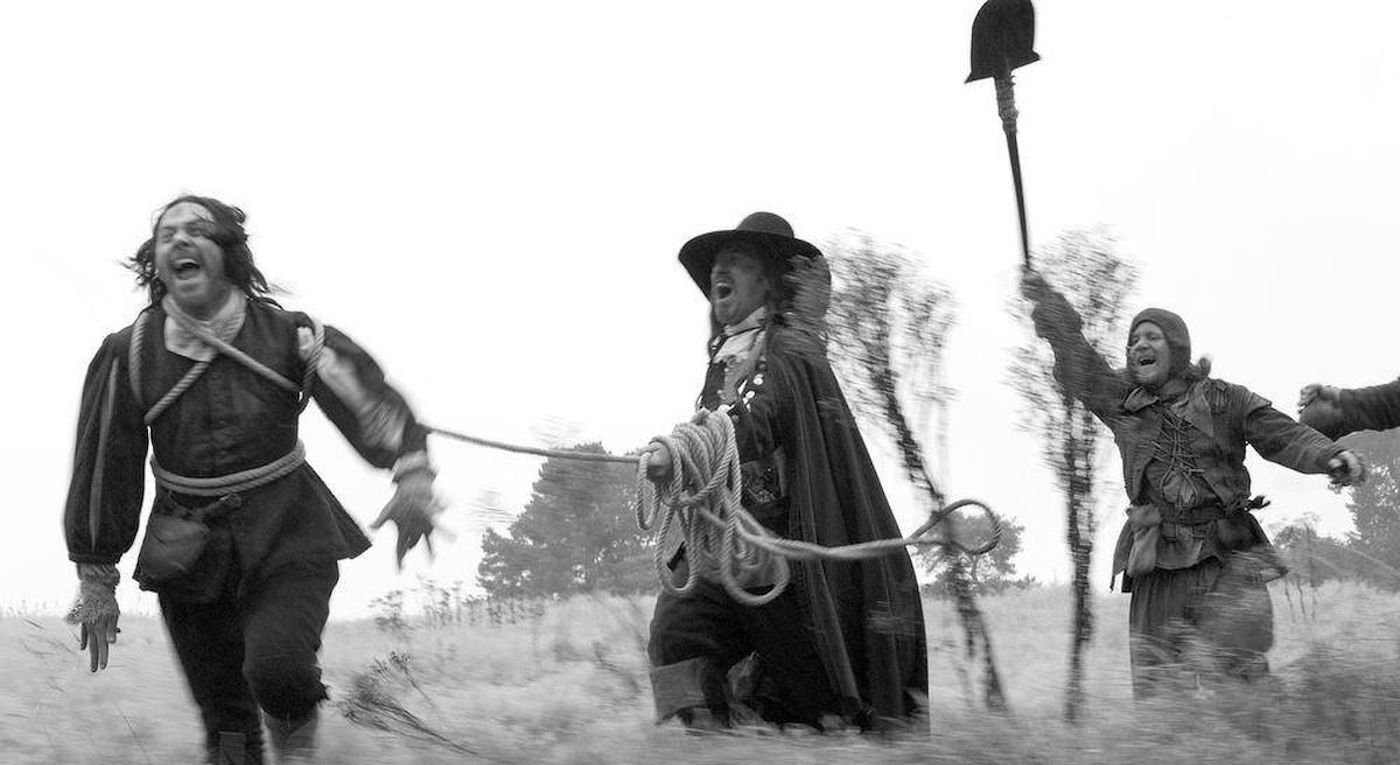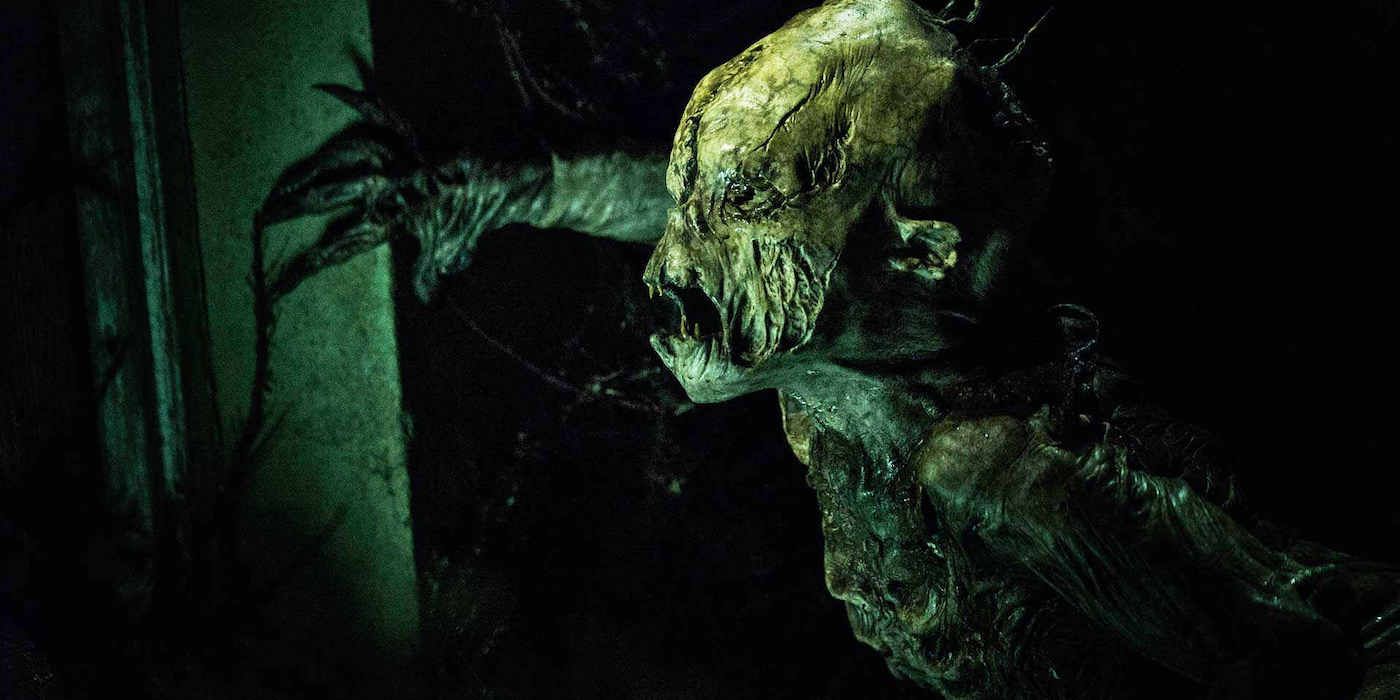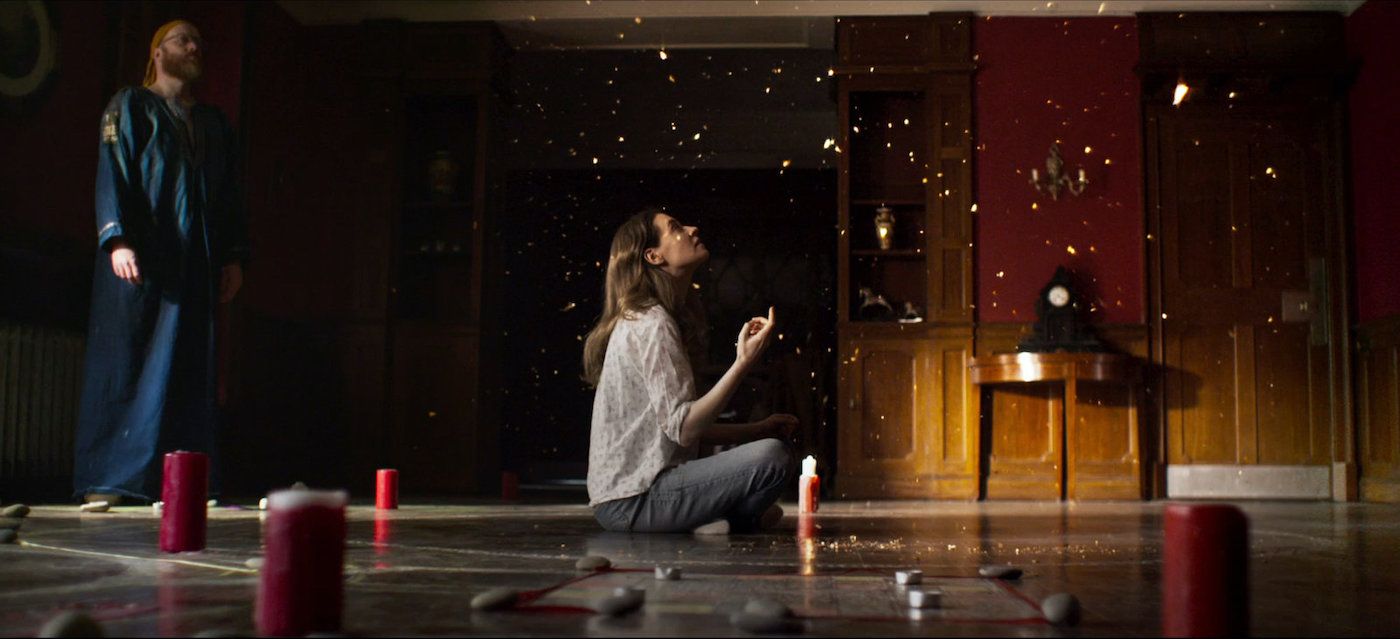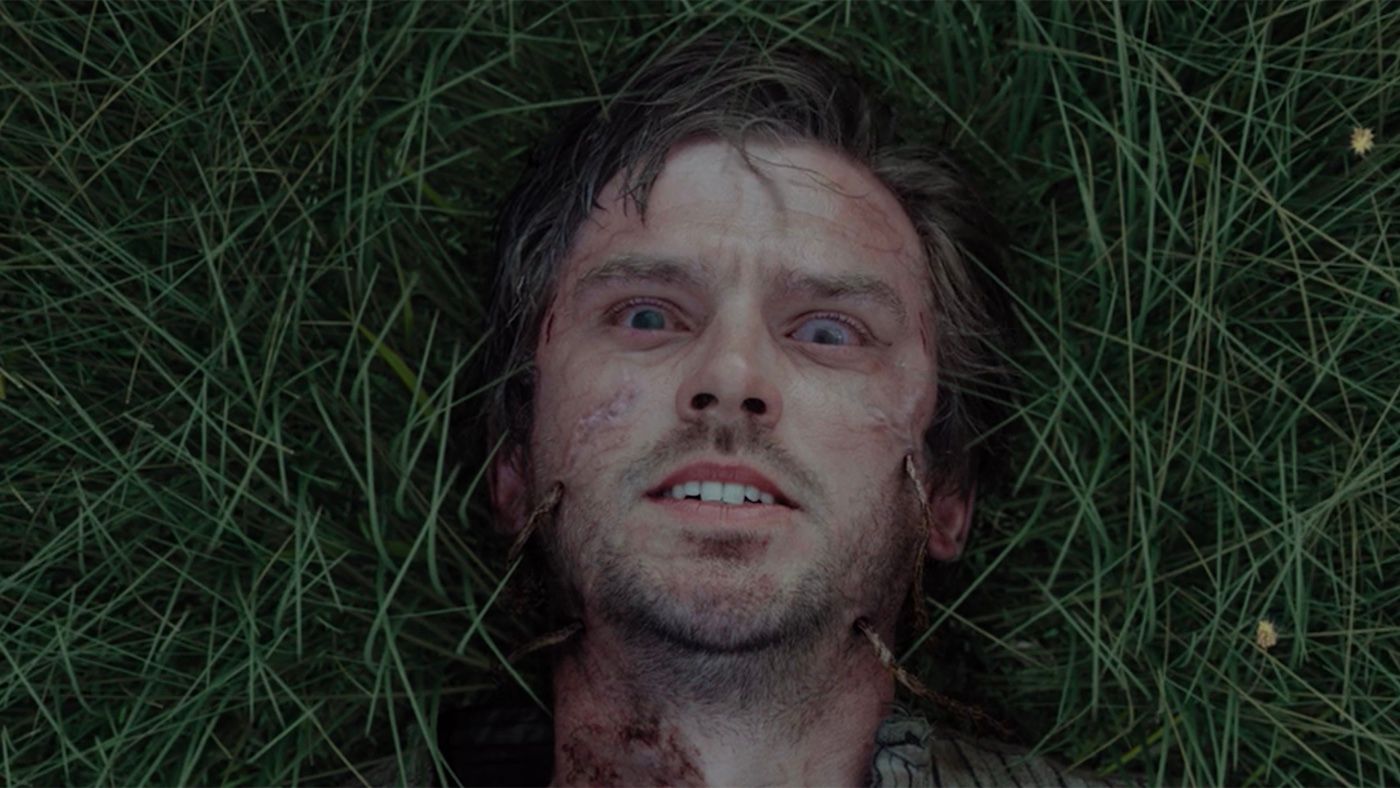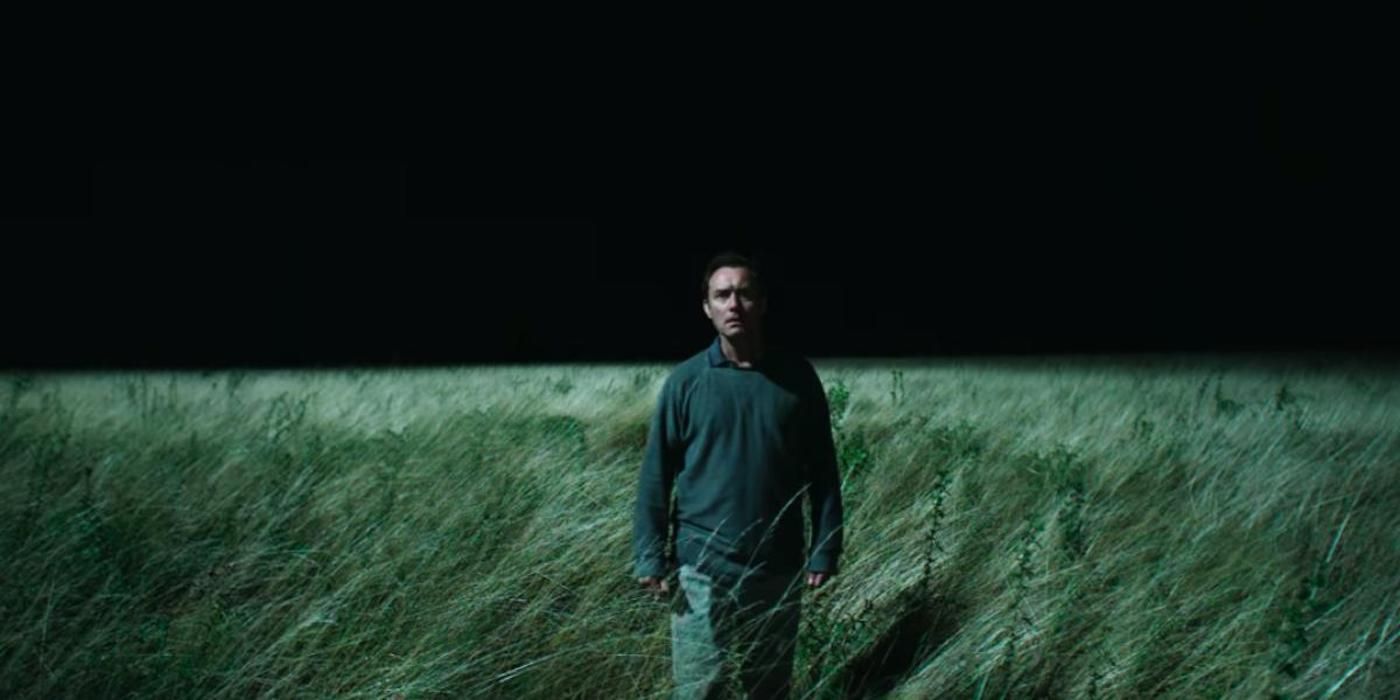The “Unholy Trinity” helped usher in a new subgenre of horror. Witchfinder General and The Blood on Satan’s Claws were two early templates for what would become known as folk horror. Before Nicolas Cage (and his frantic “Not the bees!”), there was Edward Woodward’s colder and more stern sacrificial victim in the trilogy’s capper, The Wicker Man. These movies are not connected by a storyline or characters in any way but in how they helped set some criteria. Influences from them, big and small, can be seen in Alex Garland’s Men.
In a folk horror film, the story must include a location isolated from the larger world. It can mean an island or simply an isolated community--the landscape is almost always there to cut off outsiders from returning to more populated destinations. Ancient traditions are central to weird situations, from superstitions to much older religions. Usually, the movies of this subgenre don’t have anything actually supernatural occur. The evil and atrocities are all committed by very human hands. When it does include more fantastical elements, the monsters are pulled from folklore. If someone becomes a favorite character, be warned. Not everyone makes it out alive.
Witchfinder General (1968)
A mix of folk horror and western, this movie is the first in the “Unholy Trinity.” With Vincent Price as the real-life figure Matthew Hopkins, the scariest part is how almost truthful this historical-fiction movie can be. Hopkins truly did take pleasure in being a witch hunter, leading to the deaths of many. In the movie, the superstitions of witchcraft are turned into deadly ammunition to fuel Hopkins onward. He gladly uses torture methods to bring confessions out of his victims. It ends on a particularly dark note and much appreciation should go to veteran actor Price, who is much more serious in this role than in previous campier ones. Watch it for free on Pluto TV.
Cry of the Banshee (1970)
Vincent Price is back, playing another cruel man in power. There is no question about Lord Edward Whitman’s motivations. After branding a woman a witch, he has gotten the taste of corrupt power and seeks more. In the part of Elizabethan England he controls, everyone is truly at his mercy. But he doesn’t have much to give. His oldest son has not fallen far from the rotten tree and together the two lead witch hunts. The witches here do hold supernatural power, but much more sympathy is given to them. Compared to the witch hunters, the coven is practically saintly. And unlike Hopkins, Price's Whitman meets a well-desired end.
The Blood on Satan’s Claw (1971)
Taking place in an 18th-century village, the children have started to behave very badly. Some don’t show up to the schoolhouse, overseen by the local reverend. But that’s the least of the parents’ worries. It’s where they go in their absence that is cause for alarm. Out in the surrounding woods, the kids have fallen under the influence of a demonic entity. It all begins with the unearthing of a strange skull out in the working field. Although a very real supernatural monster slowly emerges, it’s really the humans that cause some terrible violence towards one another. This movie became the middle chapter of the “Unholy Trinity” of folk horror movies. You can watch it on Tubi or Pluto TV.
The Wicker Man (1973)
Unlike the other two movies making up the “Unholy Trinity,” this one doesn’t include the use of witchcraft or anything demonic. It’s a clash between Christianity and paganism. Police Sergeant Howie (Edward Woodward) travels to Summerisle to solve a mystery. Solving it will ultimately mean a very grim fate. Like Price, Christopher Lee left behind more campy villainy for a morally ambiguous role as the leader of the islanders. Wondering where his intentions lie is all part of the fun. Although The Wicker Man is a slow burn, there are horrific incidents just below the surface. Composer Paul Giovanni and band Magnet create a soundtrack almost entirely full of folk music. Everything seems so jolly at first, the islanders seeming oddball if anything. That is, until the haunting finale that essentially earned this movie its legacy.
A Field in England (2013)
Directed by Ben Wheatley, this experimental tale plays out during the English civil war. It’s a psychedelic trip gone very bad, with strobe flashing and fast editing giving a disorienting feeling. It has one of the most unsettling uses of “Ring Around The Rosie” as the men start to truly slip into the madness out in the fields. Various elements from England’s past, with alchemy and a diving rod, are featured to throw audiences back into time. Wheatley made his own quasi-trilogy for folk horror, with the previous Kill List (2011) and Sightseers (2012) but A Field in England is truly something to experience. The sound design is top-notch, especially when a powerful wind storm occurs; all noise is stripped away except for the characters on screen. You can watch this one on Hulu.
The Hallow (2015)
In this Irish-British production, The Hitchens family moves to an isolated Irish village, surrounded by a lush forest. In keeping with the use of folklore as a source of horror, the monsters this time around are the movie’s title. Be it fairies or banshees, "the Hallow" are baby stealers. This is bad news for the Hitchens family, as they have one child, a baby boy. The events start small but threaten to become worse. There are bars on all the windows in the Hitchens' new house, and from the villagers to even the police, come warnings of what lives in the forest. From body horror to creature attacks, The Hallow goes all-in on the dark tales of fairies that have no pixie dust.
A Dark Song (2016)
In another co-production between the UK and Ireland, grieving mother Sophie (Catherine Walker) wishes to communicate with her dead son and finds a ritual to do so. But in order to make contact, she needs the help of an occult expert. She finds Joseph (Steve Oram), an anti-social alcoholic. The only way for the ritual to work is for the two to confine themselves to a house out in the wilds of Northern Wales for six months. If they leave the house, it means nothing good. As they start, a strained relationship between the two softens, revealing the very real pain A Dark Song wants to discuss. They both hope to get two very different wishes granted and by the end, they have truly changed.
Apostle (2018)
Dan Stevens plays Thomas, a very broken man who learns his sister has been kidnapped. She’s been taken to an island, under the control of a cult. Convicts founded it and only through blood sacrifices, can they maintain the health of the land. Thomas gets to the island, entering into a hellish world. In trying to get to his sister, Thomas risks his own life. This is a slow burn until a chaotic, very brutal third act. Apostle is full of imagery that keeps its folk horror inspirations alive and well, the mix of nature and body horror could be something out of a fever dream. You can watch this one on Netflix.
The Third Day (2020)
Told in two parts over six episodes, Jude Law and Naomie Harris star as two characters who arrive at the isolated island of Osea. Once high tide comes in, the causeway closes up, effectively cutting off anyone from leaving - if you even want to. An older religion is practiced here, as per usual in the subgenre. The music from Cristobal Tapia de Veer is full of nature sounds, truly trapping its cast in the greenery found everywhere on Osea. For an immersive event that shows an intense ritual at play, singer Florence Welch gets a cameo, performing one of the show’s more eerie pieces. Watch on HBO Max.

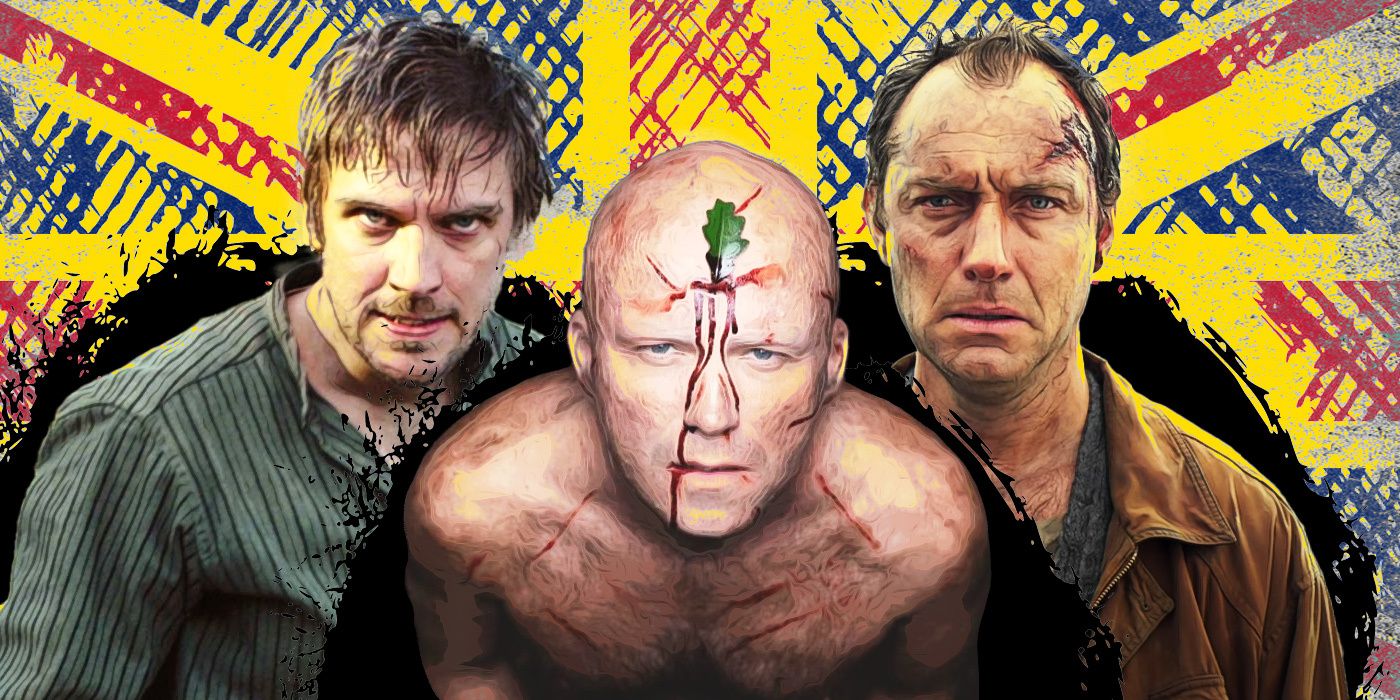
.jpg)
